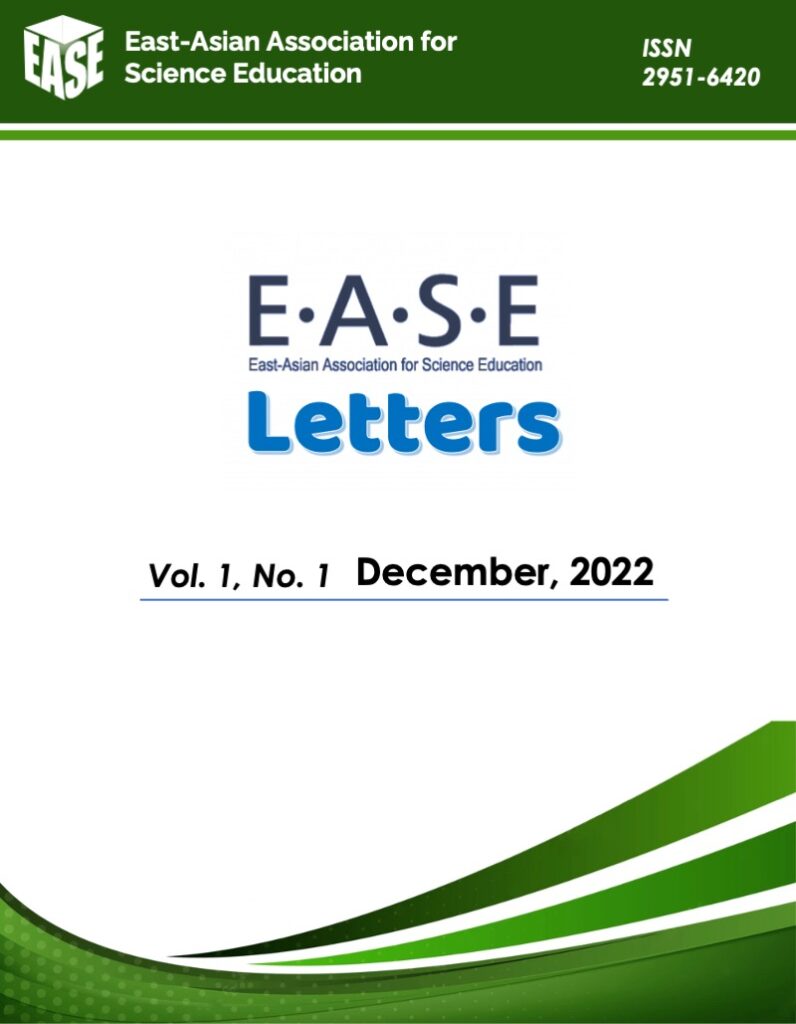Science education at Japanese university museums on sericulture and textile industries: Prospects for the future from the past to present
Abstract
Currently, science education in museum settings constitutes a pedagogical strategy to foster science personnel for global sustainability. University museums are uniquely positioned to contribute as academic hubs or cultural commons that meet and cross the interdisciplinary and transdisciplinary knowledge between the past and present for application in the future. Therefore, the present study explores museum curation at Japanese science university museums, posing the following question: What contributes to problem-solving sustainability issues in university museums? As an example of science education in Japanese university museums, teaching both discipline-specific and interdisciplinary content is essential in the museum of a national science university. The author practiced object-based learning with models of silkworm, cocoon specimens, textile machines, and sericulture nishiki-e, Japanese antique artwork, for students majoring in agriculture and technology. The efficacy of object-led academic interaction with authentic items revealed that it played a meaningful in interdisciplinary/transdisciplinary learning in students majoring in different science disciplines.


